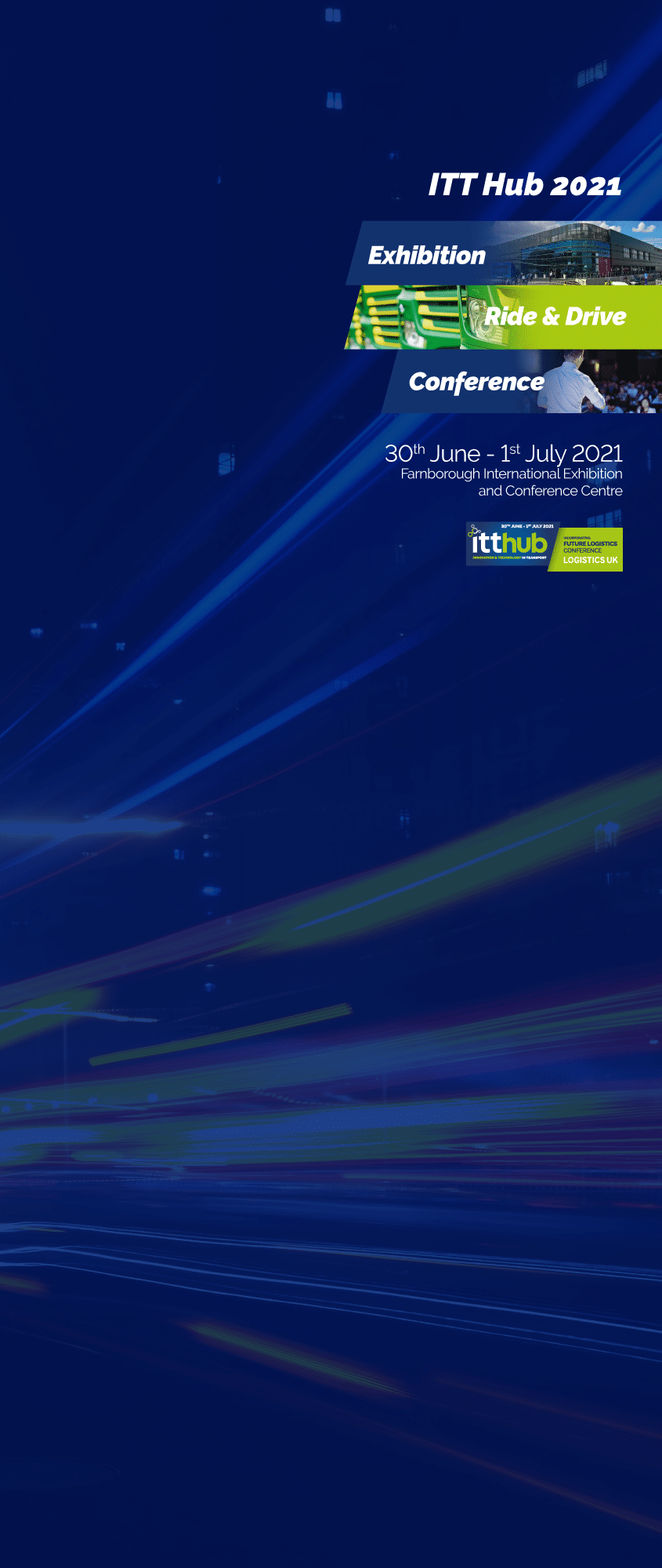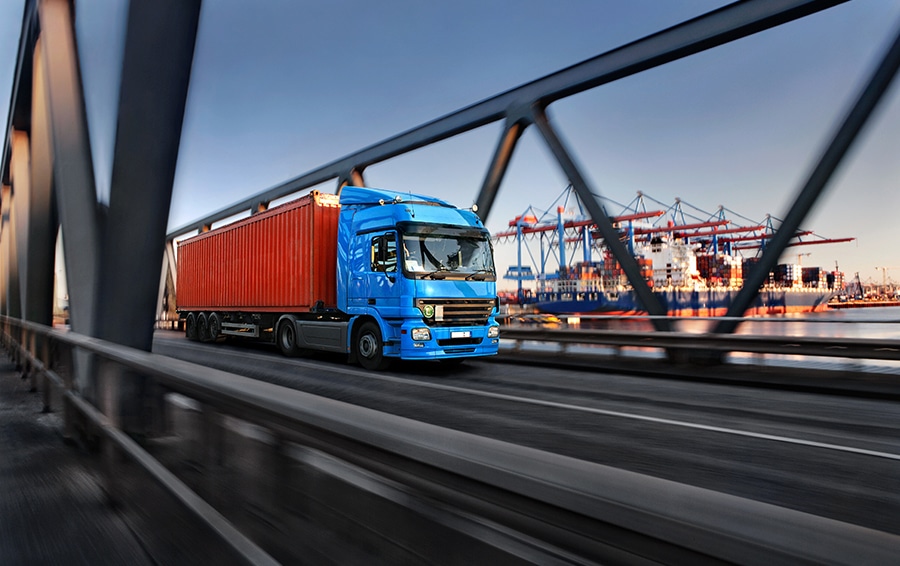2021 saw many major challenges for logistics and supply chain professionals. With capacity constraints, ecommerce growth and driver shortages creating dilemmas for many as well as the increased focus from the industry on environment and machine learning, it was a year that was definitely not without its tests.
While reflecting on some of the ways the industry sought to overcome these challenges, Chris Jones, Executive Vice President, Industry & Services at Descartes Systems Group, takes a look at what to look out for in 2022.
Global supply chains will be busy, congested, and chaotic.
The challenges facing global supply chains show no signs of slowing down, with UK businesses left to navigate the complexities of Brexit and the subsequent delays to their operations, alongside the extra administrative burdens. Whilst some of the uncertainties surrounding the transition are beginning to ease, many firms remain concerned about how delays could impact their operations post-Brexit.
The key to navigating customs clearance is undoubtedly preparation. Planning is crucial not only for compliance – but also for growth and resilience – and businesses that are yet to lay the groundwork risk accidental non-compliance and further congestion at ports. With full UK customs changes now in effect as of January 1st 2022, businesses should prioritise the implementation of supply chain software solutions to take back control and handle customs declarations in-house or ensure they work with a customs partner who can provide full transparency at every step of the process.
Online buying will continue to fuel growth in home deliveries, presenting challenges that demand new strategies.
The pandemic saw an increase in ecommerce that is set to continue in 2022 as the changes in consumer buying behaviour become more structural. This clearly presents both an opportunity and challenge for retailers and last mile logistics companies. The increase in volume will increase the challenge on an already tight last mile delivery capacity. Speed and reliability of deliveries will either come with a premium price, or remain as uneven as it has been over the last two years. For example, Amazon’s Whole Foods business is now incrementally charging for delivery to offset increased delivery costs.
We anticipate that more companies will re-evaluate their “free” delivery strategies and look for alternative delivery strategies such as combining deliveries for individual customers or locations, in order to minimise delivery costs and maximise the available delivery capacity.
The Great Resignation will accelerate the existing driver exodus, increasing the focus on retention.
Whether long haul or last mile, the driver shortage is endemic and will continue to materially impact retail, distribution, and logistics companies. While finding new drivers to replace or add capacity will remain important, it’s also much harder to find drivers now than it has been in the past.
Instead, in 2022, companies will focus more on driver retention and productivity. Lowering turnover – which has traditionally been high – puts less pressure on the number of drivers that need to be hired and keeps the more experienced ones improving delivery performance. Keeping drivers driving and reducing stress will be the top retention priorities. Companies will need to do a better job at reducing wait times and improving driver quality of life through routes that are more realistic to execute, that don’t result in extended wait or on the road time and facilitate more predictable hours.
Driver shortage will force an emphasis on better planning.
The increase in home delivery and driver shortage combined exacerbated supply chain vulnerabilities that, until now, retailers were just about managing to cope with – and have paid the price in terms of consumer expectations.
In the absence of effective planning, logistics companies and retailers will compromise a satisfactory delivery experience. While continuing to seek to recruit and train drivers, improving the overall productivity of existing drivers by optimising delivery routes should be the first port of call. By using advanced route optimisation software, all delivery options can be evaluated instantaneously, ultimately maximising capacity and increasing efficiency.
Sustainability will become an opportunity, not a challenge for supply chains.
The focus on sustainability will increase in 2022 and it won’t just be from consumers. Many investment funds are taking an increasingly stronger stance on companies’ sustainability strategies and actual performance. This powerful combination will push companies to move faster to reduce their impact on the environment. It also presents an excellent opportunity for supply chain and logistics professionals to raise the visibility and value of supply chain strategies and operations. Productivity enhancement is at the heart of any good supply chain performance improvement program and almost always results in greater efficiency, reduced paper and other waste that directly translates into reduced greenhouse gas emissions. Equally, many consumers are looking for delivery choices that help the environment, which presents retailers with the opportunity to look at innovative ways to combine or steer deliveries to reduce the mileage associated with home delivery. This will not only benefit the environment and delight the consumer but will also result in lower delivery costs for retailers.
Machine learning will go mainstream in supply chain technology.
This year, we expect machine learning (ML) to continue to be quickly adopted by supply chain technology providers because of the rich supply chain data that exists to teach ML algorithms. The result will be more accurate plans, estimated-time-of-arrival (ETA) and improved recommendations that make supply chain and logistics operations more productive and reliable. Rather than displace existing supply chain technology, ML will augment it through embedded uses, such as optimising stop times, delivery locations, drive times and ETAs, or as part of greater data analytics solutions that are used to provide deeper insights into supply chain performance.
While 2022 will undoubtedly be a challenging year for logistics and supply chain professionals, the “C-suite” will recognise that their supply chains need to be world-class to help drive revenue and profitability. This will provide plenty of opportunities to show the value of advanced logistics and supply chain strategies, tactics and technology—and transformation will not only be the key to success but, for some, the key to survival.
Chris Jones – Executive Vice President, Industry & Services at Descartes Systems Group Chris has over 30 years of experience in the supply chain market, including the last 10 years as a part of the Descartes leadership team. Prior to Descartes, he has held a variety of senior management positions in other organisations including: Senior Vice President at The Aberdeen Group’s Value Chain Research division, Executive Vice President of Marketing and Corporate Development for SynQuest and Vice President and Research Director for Enterprise Resource Planning Solutions at The Gartner Group and Associate Director Operations & Technology for Kraft Foods.






